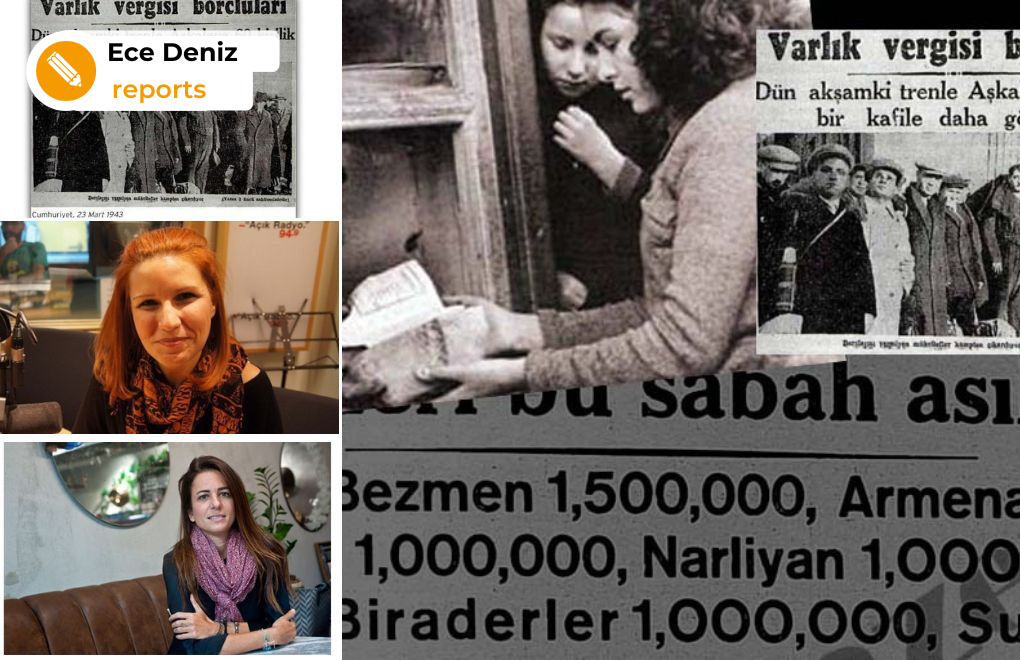*Earthquake cracks formed after the magnitude 5.9 Düzce earthquake. Photo: Uğur Subaşı-AA
Click to read the article in Turkish
Boğaziçi University Kandilli Observatory and Earthquake Research Institute (KRDAE) yesterday (November 24) organized a press meeting about the magnitude 5.9 earthquake that struck Düzce on November 23, at 04:08 am. which was felt in a large area and different regions including İstanbul and Ankara, the most populated two cities in Türkiye.
In the meeting, Prof. Haluk Özener, the manager of KRDAE said, "The opinion we generally agree upon is that this earthquake will not trigger the possible Marmara earthquake."
The possible Marmara earthquake that could strike the most populated area in Türkiye including İstanbul and the surrounding cities is a cause for alarm and is widely discussed.
Özener also gave information about the ongoing aftershocks, which they believed would fade out completely in a week, informing that the faultline in this earthquake was exactly the same as the one in the Düzce earthquake on November 12, 1999.
The magnitude 7.2 Düzce earthquake in 1999 killed 845 people, left 3395 buildings with heavy damage, and 4948 people were injured.
Özener explained that this region in the northwest of Türkiye is located on a dynamic faultline and that the earthquake did not surprise them.
He said, "Yesterday's earthquake was centered in the province of Düzce but it was felt in all of the Marmara, West Blacksea, and Central Anatolia regions."
"Aftershocks will fade out in a week"
Prof. Haluk Özener also gave information about the long-lasting aftershocks; he said, "As of 09:00 this morning, we have detected 159 earthquakes of magnitude over 1.2. The number of recorded aftershocks until this meeting is 162. The strongest among these was the aftershock of magnitude 4.4. We believe that the aftershocks will fade out in about a week."
.jpg)
"It is not correct to discuss earthquake publicly"
Özener said, "The opinion we generally agree upon is that this earthquake will not trigger the possible Marmara earthquake.
"Our country has dynamic faultlines. All parts of Türkiye have active faultlines. But the movement or the energy accumulation of each faultline is different."
"Say there is a faultline. And this faultline can cause a seven-magnitude earthquake. However, what is the frequency that such magnitude earthquakes will repeat? We have to speak carefully. I do not think that issues such as the magnitude or timing of possible earthquakes should be discussed publicly. Society might reach wrong conclusions." (ED/AÖ/PE)





.jpg)

.jpg)
.jpg)
.jpg)

